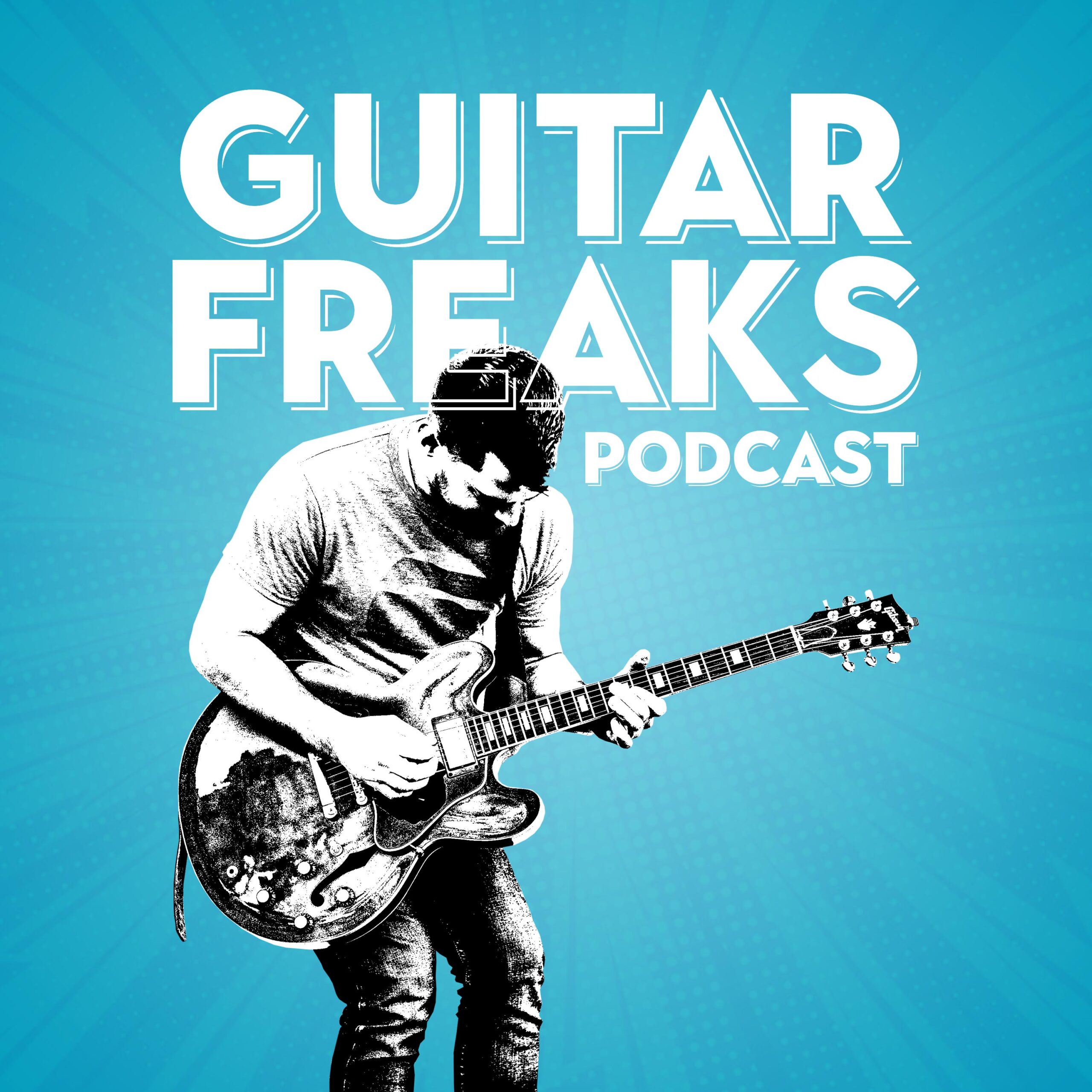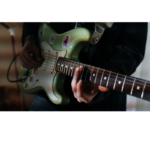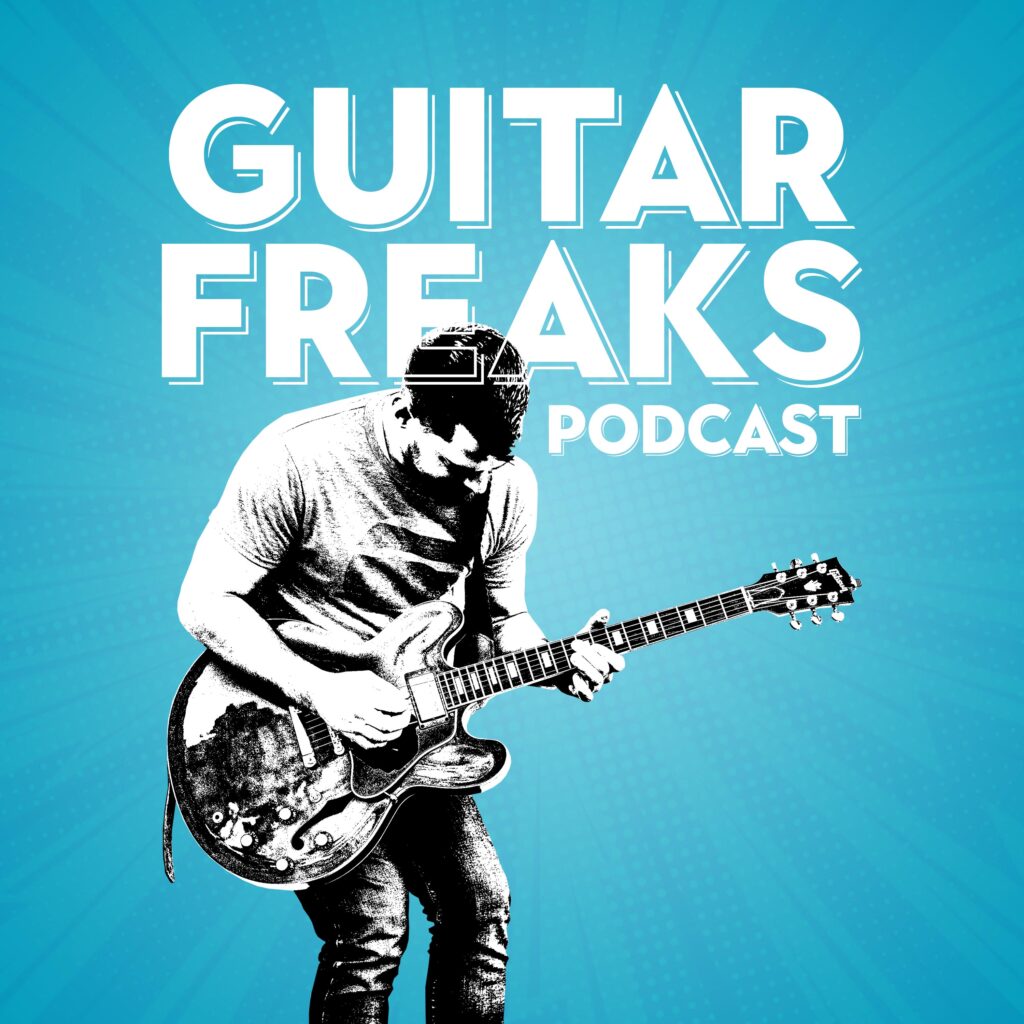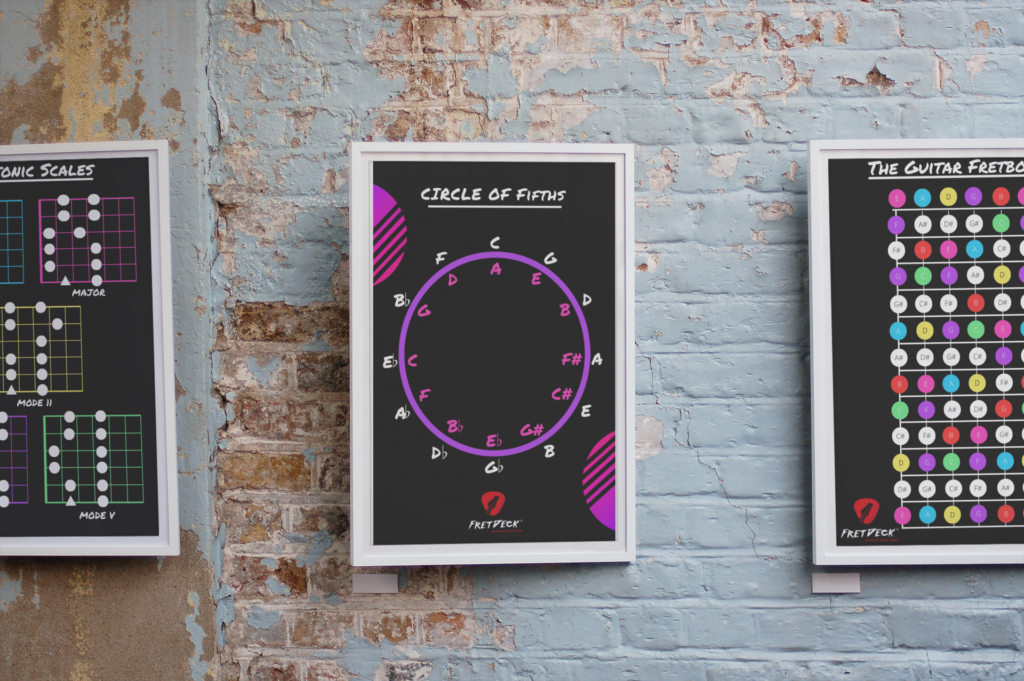That’s what my teacher told me years ago, during a sweaty, slow afternoon jam at his place. No fancy pedalboards. No amp. Just clean notes on a beat-up Telecaster —Guitar triad ringing clear like Sunday bells.
And it changed everything.
Why Guitar Triads Are the Secret Sauce (That No One Talks About)
If you’ve ever felt stuck playing the same chords in the same spots, or your rhythm parts feel more like filler than feel, the guitar triad is your new best friend.
A guitar triad is simply a three-note chord — the essential tones of any major or minor harmony: the root, the third, and the fifth. And guess what? You already know them. They’re hiding inside your open chords and barre shapes — just waiting to be liberated.
The problem? Most players don’t think in triads. They think in big shapes.
That’s like painting with a roller when you could be using a fine brush.

❌ Stop Guessing. Start Shredding.
If you’re still fumbling through scale patterns and box shapes… it’s costing you progress.
FretDeck™ is the no-fluff system that shows you exactly how to master the fretboard—fast. Early access.
⚡️ This isn’t for dabblers. It’s for players who want results.
👉 Click here to join the pre-launch now
Early access. Limited rewards. Don’t wait.
What Makes a Triad So Useful?
- They’re compact — perfect for rhythm fills and voice-leading.
- They’re movable — just like barre chords, but with better tone and more control.
- They’re versatile — turn a major triad into a minor with one note. Add a 7th, and boom — soul, funk, gospel, or jazz.
And when you map these triads all over the neck, you unlock a completely different understanding of the fretboard. You stop seeing boxes and start seeing connections.
Let’s Get Specific: The 3 Guitar Triad Shapes You MUST Know
There are only three essential triad shapes for each chord quality (major, minor, diminished), based on where the root falls:
- Triads on the 1st, 2nd, and 3rd strings
- Triads on the 2nd, 3rd, and 4th strings
- Triads on the 3rd, 4th, and 5th strings
Let’s take G major as an example. Here’s how that looks across the neck:
🔹 Root on the 1st string:
e|--3-- (G)
B|--3-- (D)
G|--4-- (B)
🔹 Root on the 2nd string:
e|--7-- (B)
B|--8-- (G)
G|--7-- (D)
🔹 Root on the 3rd string:
B|--8-- (G)
G|--7-- (B)
D|--9-- (D)
Each shape is a window into the chord. Learn them in major and minor, and you’ll never run out of ideas.
Visualize This with FretDeck™ (and Never Get Lost)
That’s why I built FretDeck:Pentatonic Guitar Scales — a visual practice system that teaches scales on every string set, in . You flip a card, play a shape, and map the fretboard while making real music.
🎯 Kickstarter is LIVE — grab your FretDeck now

❌ Stop Guessing. Start Shredding.
If you’re still fumbling through scale patterns and box shapes… it’s costing you progress.
FretDeck™ is the no-fluff system that shows you exactly how to master the fretboard—fast. Early access.
⚡️ This isn’t for dabblers. It’s for players who want results.
👉 Click here to join the pre-launch now
Early access. Limited rewards. Don’t wait.
Using Triads to Improvise Like a Pro
Here’s where the real juice is: triads aren’t just for chords — they’re for soloing too.
Think of David Gilmour, Robben Ford, John Frusciante, or Adam Levy himself. Their solos often outline triad shapes, weaving melody around the chord tones.
🎵 Try this: solo over a C major jam using just C major triad tones — C, E, and G — in different octaves and positions. It’s deceptively simple… and sounds amazing.
Then flip the script: solo using A minor triads over the same jam. That’s modal playing in action.
Mapping the Neck with Triads (The Circle of 4ths Way)
One of the most creative exercises in Chapter 11 of SoloCraft was using the Circle of 4ths to map the fretboard — and you can do the exact same thing with guitar triads.
- Pick a triad shape.
- Move it around the Circle of 4ths: C → F → Bb → Eb → Ab → Db → Gb → B → E → A → D → G → C
- Say each root aloud as you move.
Not only do you build muscle memory, but you create mental pathways that allow you to grab any chord tone on the fly — essential for live playing, songwriting, and composing.
The Guitar Triad Ladder Exercise
Want to stretch your triad muscles?
Try this drill:
- Pick C major triads only.
- Play all three inversions:
- Root position (C-E-G)
- 1st inversion (E-G-C)
- 2nd inversion (G-C-E)
- Play each inversion on three string sets:
- 1-2-3
- 2-3-4
- 3-4-5
- Climb the neck with each inversion.
It’s a ladder of triads — clean, clear, musical.
You’ll start hearing the voice leading from one shape to another. That’s how pros build melodies from chords.
How Triads Boost Rhythm Playing (Without Sounding Boring)
Let’s be honest — rhythm guitar can get stale fast. But triads open up a new world of groove:
- Soul: Tight 3-note stabs on upper strings.
- Funk: Syncopated muted hits using triads on middle strings.
- Gospel: Smooth voice-leading with inversions.
Example: Instead of this basic A major barre chord…
e|--5--
B|--5--
G|--6--
Try this:
e|--x--
B|--5-- (C#)
G|--6-- (A)
D|--7-- (E)
Just the triad — and it cuts through the mix like butter.
Why the B String Breaks the Rules (And How to Handle It)
Let’s not ignore the elephant on the neck: the B string.
Due to the tuning (major 3rd between G and B), many of your triad shapes shift by one fret across the G–B boundary.
Here’s the rule of thumb:
- If your triad crosses from the G string to the B string, move the B string note up one fret.
- Likewise, if you’re reversing, bring it down one fret.
It’s a pain at first — but after two weeks with FretDeck, you won’t even think about it. Your hands will just know.
How to Practice Guitar Triad
“It’s not how many hours you practice. It’s how much music you make when you do.”
Here’s your weekly triad prescription:
🎯 Day 1-2:
- Focus on root position major and minor triads on the 1st–2nd–3rd strings.
- Use Circle of 4ths to move the shape around.
🎯 Day 3-4:
- Add 1st and 2nd inversions.
- Use a looper or jam track. Apply triads to chord progressions.
🎯 Day 5-6:
- Focus on triads in your solos.
- Limit yourself to triad tones only.
🎯 Day 7:
- Review all shapes and test yourself:
- Can you play D major on all three string sets?
- Can you play A minor in three inversions?
If not, flip open your FretDeck™, draw a card, and drill again.
TL;DR: Triads Are the Secret Weapon
✅ Guitar triads help you simplify and amplify your playing.
✅ They’re perfect for rhythm, soloing, composing, and improvisation.
✅ FretDeck teaches them visually — no more guesswork, just clean fretboard fluency.
🎸 Ready to Master Guitar Triads?
Join thousands of guitar players flipping their fretboard knowledge with FretDeck™.
🎯 Back our Kickstarter campaign now — and get exclusive triad decks, video lessons, and a bonus Triad Workout Journal.
Or join our free Discord group — Guitar Freaks Hangout — and jam with us as we go deck by deck, inversion by inversion, up the fretboard and into musical freedom.
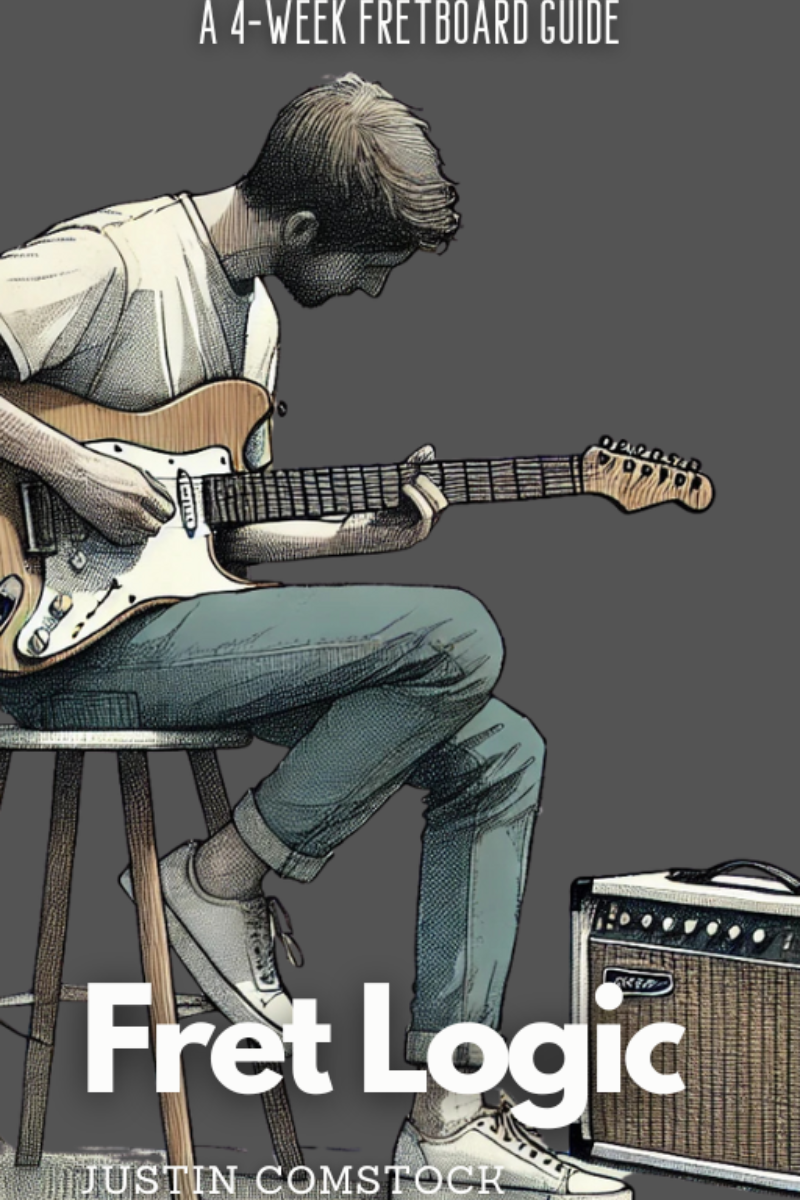
Join Guitar Freaks Hangout on Discord! 🎸
Get Fret Logic FREE!
Join the Guitar Freaks Hangout Discord and get exclusive access to my entire e-book, Fret Logic! Master the fretboard and elevate your solos with this comprehensive guide.
👉 Don’t miss out—join now and download your free copy!
Internal Link:
👉 Learn how to play inverted guitar chords
